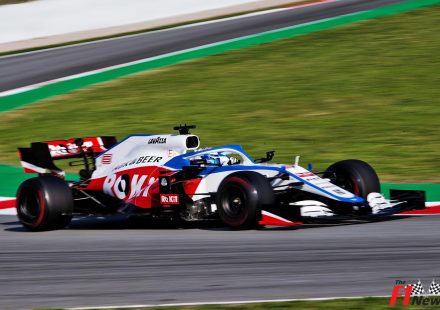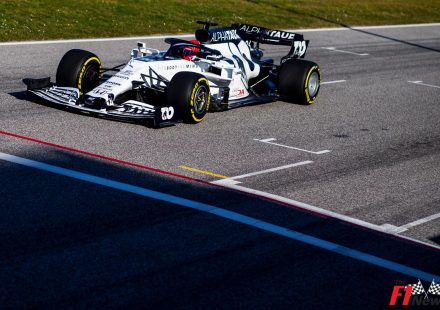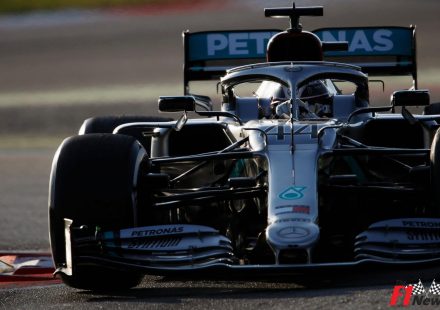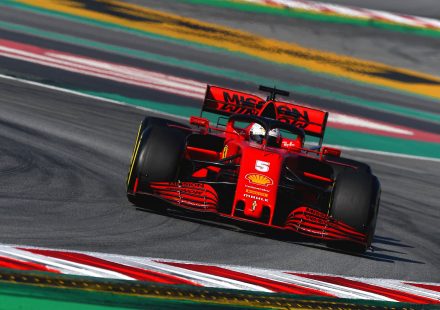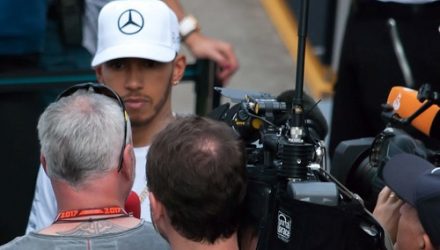It’s the dream. Get paid to drive cool cars really, really fast. Get on TV, have swarms of adoring fans and be presented with trophies.
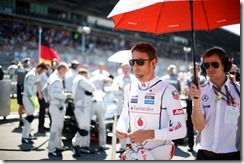 Jenson Button certainly looks pretty happy. What’s not to like? But there’s more to it than that: driving an F1 car needs specialised skills, experience and lots of training. So let’s have a look at exactly how someone trains to become a racing car driver.
Jenson Button certainly looks pretty happy. What’s not to like? But there’s more to it than that: driving an F1 car needs specialised skills, experience and lots of training. So let’s have a look at exactly how someone trains to become a racing car driver.
Good drivers have a natural skill, but skills can continually be improved through experience. It’s not as straight forward as putting the key in the ignition, starting the engine and going. An F1 car is known for its high quality and innovation, so a good racing car driver needs to know how to handle their vehicle with proficiency to maximise performance.
For starters, you need to understand the controls. The steering wheel of an F1 car has been specially developed for maximum efficiency: to save time the steering wheel is essentially the car’s dashboard – all buttons are as close to the driver’s hands as possible. The controls can regulate the running parameters for the engine, transmission and differential, with buttons performing on/off functions and dials operating functions with multiple settings like traction control. There are also the lights which inform the driver of the optimum time for a gearshift.
A racing driver also needs to control the car for efficient cornering. This involves understanding the traction of your tyres – and controlling the release of the brakes and feeding of the throttle to make the best use of the traction circle. This is influenced by grip levels and the gradient of the road – the best drivers can make snap decisions and judge the situation to corner effectively.
In terms of physical fitness, you need to be at the top of your game. Drivers need to be incredibly strong to endure extreme cornering forces; they need a strong neck, back muscles and arms as well as being able to deal with the sometimes intense heat of the cockpit. All Formula 1 drivers are required to undergo a period of conditioning so that they can cope with the physical demands of racing. Drivers undertake intensive cardio-vascular training and control the amount of carbohydrate and protein they eat.
Nico Rosberg talks about his fitness regime in this video:
If you are intent on becoming an F1 driver, book a day on the Silverstone tracks to get some practice in. You can race round the tracks in rally cars and racing cars, or have a one-to-one driving lesson with a race-certified instructor and get a licence for motor racing.
In the meantime, keep up to date with Formula 1 on TV – with one of those new OLED TVs (which have an amazing picture quality), you’ll feel like you’re right there with the driver.
Info: Kim, Image: Vodafone McLaren Mercedes

